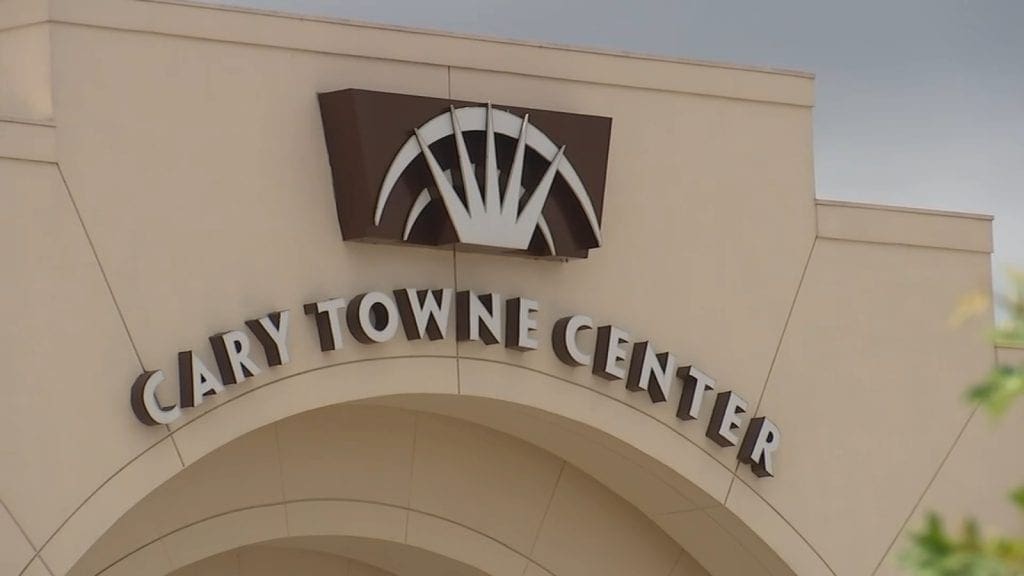On Tuesday morning, Boom Supersonic successfully conducted the inaugural supersonic flight of its XB-1 test aircraft. This event marks the first civil supersonic flight by a jet-powered craft in America, broadcasted live for an online audience. Thanks to SpaceX’s Starlink and an iPhone, aviation aficionados enjoyed exceptional in-flight visuals.
With years of development culminating in this achievement, Boom has reached a significant milestone: supersonic flight. The company’s ultimate ambition is to revive supersonic commercial airline travel, a legacy since the Concorde’s retirement.
The flight involved three brief supersonic accelerations within controlled airspace, conducted under a waiver from the FAA, as civil supersonic flights over land are restricted in US airspace. The XB-1, which is a subscale model of Boom’s Overture concept airliner, was accompanied by two chase aircraft: a Mirage F1 and a T-38. The Mirage was tasked with operational support, equipped with a camera pod filled with IMAX cameras, while the T-38 documented the flight.
In contrast to typical airborne events such as the launches of Virgin Galactic’s spacecraft, where live coverage usually relies on ground-based or engineering views, Boom aimed to enhance the experience by incorporating real-time visuals from one of its chase planes. This goal was ambitious but had to be achieved within a limited timeframe using affordable, off-the-shelf solutions.
To tackle this challenge, Boom turned to SpaceX’s Starlink. This satellite internet service has rapidly gained attention since broadening its global coverage. Numerous airlines have started outfitting their planes with Starlink for high-speed internet access, receiving positive feedback overall.
Although the standard Starlink aviation antenna was too large to fit in the backseat of the T-38’s cockpit, the compact Starlink Mini terminal was perfectly sized, ensuring it didn’t obstruct the jet’s ejection seats. The installation and testing of the terminal was documented in a blog post by the company, which humorously featured a Mazda Miata speeding down a runway at nearly 100 mph.
The final consideration was the camera, which needed to be compact yet powerful enough to capture stunning visuals. The iPhone was chosen for this task. The company did not disclose the specific iPhone model used and was unavailable for comments.
Utilizing Starlink’s reliable internet connection, the iPhone streamed high-quality views of the XB-1 during taxi and flight, even at supersonic speeds. It was apparent when the video switched to the iPhone’s camera, showcasing vibrant colors generated by its imaging software.
Boom plans to conduct several additional test flights with its XB-1 before shifting focus to the development and flight testing of Overture.
: . More.



